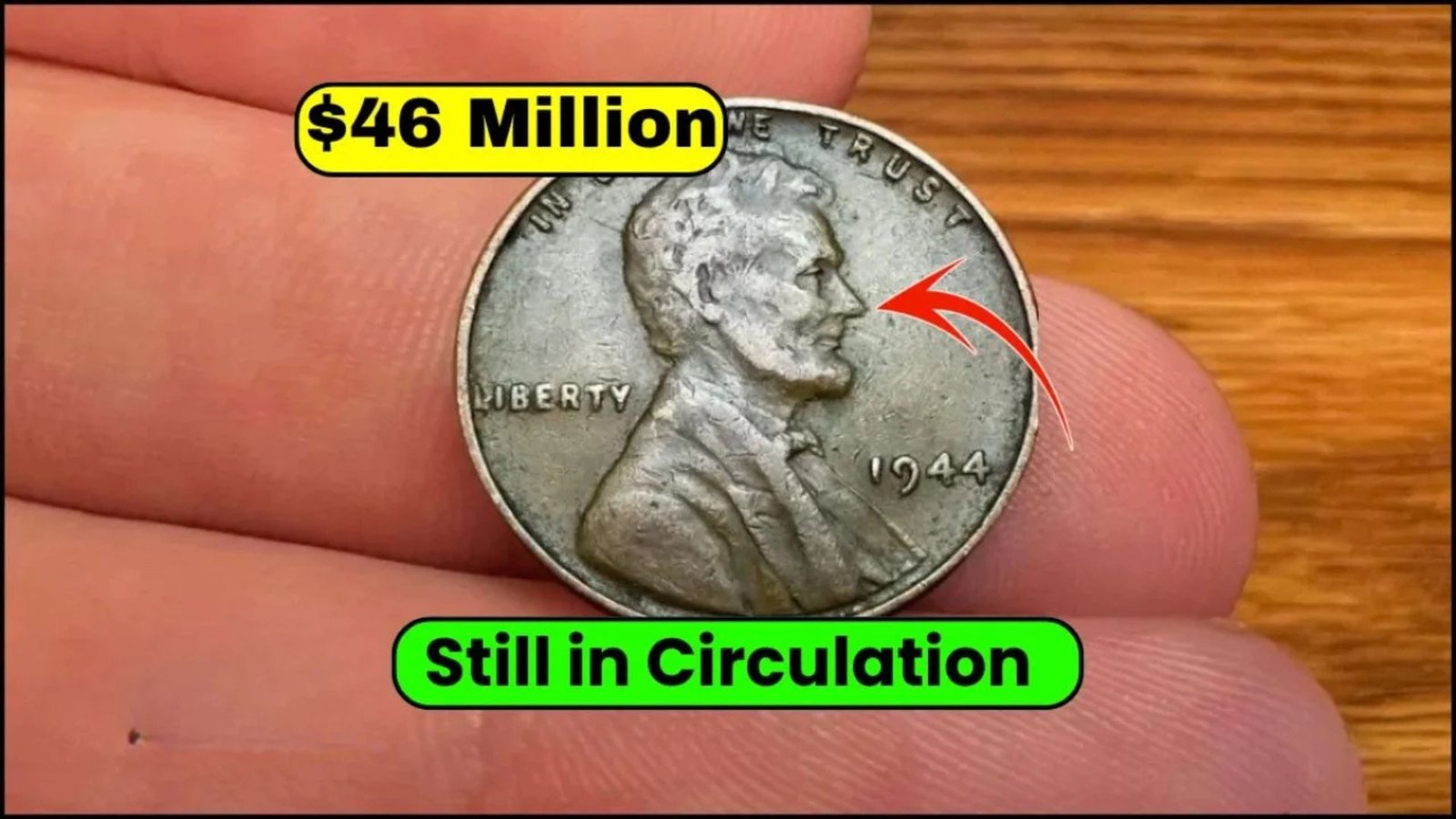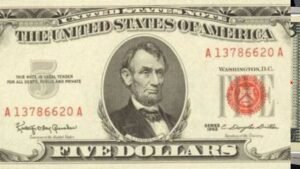Have you ever checked your loose change for a treasure? The Lincoln Wheat Penny, a small coin minted from 1909 to 1958, might be worth millions due to rare errors. One such penny, the 1943 bronze Lincoln Wheat Penny, could fetch up to $46 million! This article explores the history of this coin, why it’s so valuable, and how you can spot one. Get ready to start your treasure hunt with simple tips and tricks!
What Is the Lincoln Wheat Penny?
The Lincoln Wheat Penny is a one-cent coin made by the U.S. Mint from 1909 to 1958. It was created to celebrate the 100th birthday of President Abraham Lincoln. The front of the coin shows Lincoln’s face, designed by Victor David Brenner, while the back has two wheat stalks, giving it the nickname “Wheat Penny.” Most of these pennies are common, worth just a few cents, but some rare ones are like hidden gold.
Why Is the 1943 Bronze Penny So Special?
During World War II, copper was needed for war supplies, so the U.S. Mint made most 1943 pennies out of steel, which look silver. However, a few copper pennies were accidentally made that year. These mistakes, called minting errors, are super rare—only about 15 to 20 are known to exist. This rarity makes the 1943 bronze penny a collector’s dream, with some selling for millions at auctions.
Why Is It Worth $46 Million?
The $46 million price tag comes from a mix of factors:
- Extreme Rarity: With so few 1943 bronze pennies out there, they’re like finding a needle in a haystack.
- Historical Value: These coins are tied to World War II, a key time in U.S. history.
- Collector Demand: Coin collectors are willing to pay big money for such rare finds.
- Condition Matters: A penny in great shape, with clear details, can fetch a higher price.
One famous 1943 bronze penny sold for $1.7 million in 2010, and experts believe a top-condition one could reach $46 million today due to growing interest in rare coins.
How to Spot a $46 Million Penny
Could a fortune be hiding in your pocket? Here’s how to check your pennies for a potential treasure:
| Feature | What to Look For |
|---|---|
| Year | Look for “1943” on the front of the penny. |
| Color | Most 1943 pennies are silver (steel). A bronze or copper-colored one is rare. |
| Magnet Test | Steel pennies stick to a magnet; bronze ones don’t. |
| Weight | Bronze pennies weigh about 3.11 grams; steel ones are lighter, around 2.7 grams. |
| Mint Mark | Check for a “D” (Denver) or “S” (San Francisco) under the year. No mark means Philadelphia. |
| Condition | Look for clear details and no major scratches. Never clean the coin—it lowers value! |
Steps to Verify Your Penny
- Check the Date and Color: A 1943 penny that looks copper or bronze is a good start.
- Use a Magnet: If it doesn’t stick, you might have a bronze penny.
- Weigh It: Use a digital scale to confirm it’s around 3.11 grams.
- Look for Errors: Check for doubled letters or odd designs, which can add value.
- Get It Checked: Take it to a professional coin grader like PCGS or NGC for authentication.
Tips for Coin Collectors
- Search Everywhere: Check piggy banks, old jars, or your loose change.
- Join Coin Clubs: Connect with other collectors to learn more.
- Avoid Fakes: Counterfeit coins exist, so always get professional verification.
- Don’t Clean Coins: Cleaning can ruin a coin’s value by removing its natural shine.
Other Valuable Wheat Pennies
Besides the 1943 bronze penny, other Lincoln Wheat Pennies can be worth big money:
- 1909-S VDB: The first Wheat Penny with the designer’s initials. Can be worth thousands.
- 1914-D: A rare Denver-minted penny, valued up to $225,000 in top condition.
- 1922 No D: A minting error with no “D” mark, fetching high prices.
- 1955 Doubled Die: Letters appear doubled, worth up to $50,000.
The Thrill of the Hunt
The idea that a $46 million penny could be in your change jar is exciting! Stories of people finding rare coins in everyday places, like a teenager spotting a 1943 bronze penny in lunch change, keep the dream alive. Coin collecting is not just about money—it’s about history, discovery, and the thrill of finding a treasure.
Where to Look for Rare Pennies
- Loose Change: Always check your pocket change.
- Old Collections: Check family coin jars or inherited collections.
- Bank Rolls: Buy rolls of pennies from banks to search through.
- Coin Shows: Visit events to learn and trade with collectors.
Conclusion
The Lincoln Wheat Penny is more than just a coin—it’s a piece of American history with the potential to make you rich. The rare 1943 bronze penny, possibly worth $46 million, could still be out there, waiting in a piggy bank or pocket. Start checking your change, learn about rare coins, and join the exciting world of coin collecting. Who knows? Your next penny could be a life-changing treasure!
FAQs
What makes the 1943 bronze penny so valuable?
The 1943 bronze penny is valuable because it was a minting error. Most 1943 pennies were made of steel, but a few were accidentally made with copper, making them extremely rare.
How can I tell if my penny is bronze?
Check if it’s copper-colored and doesn’t stick to a magnet. Weigh it—bronze pennies are about 3.11 grams, heavier than steel ones at 2.7 grams.
Where can I get my penny checked?
Take it to a professional coin grader like PCGS or NGC. They can verify if it’s real and assess its value.
Are other Wheat Pennies valuable?
coins like the 1909-S VDB, 1914-D, 1922 No D, and 1955 Doubled Die can be worth thousands or more, depending on condition.
Can I clean my penny to make it worth more?
Cleaning a coin can damage it and lower its value. Always keep it in its natural state.




